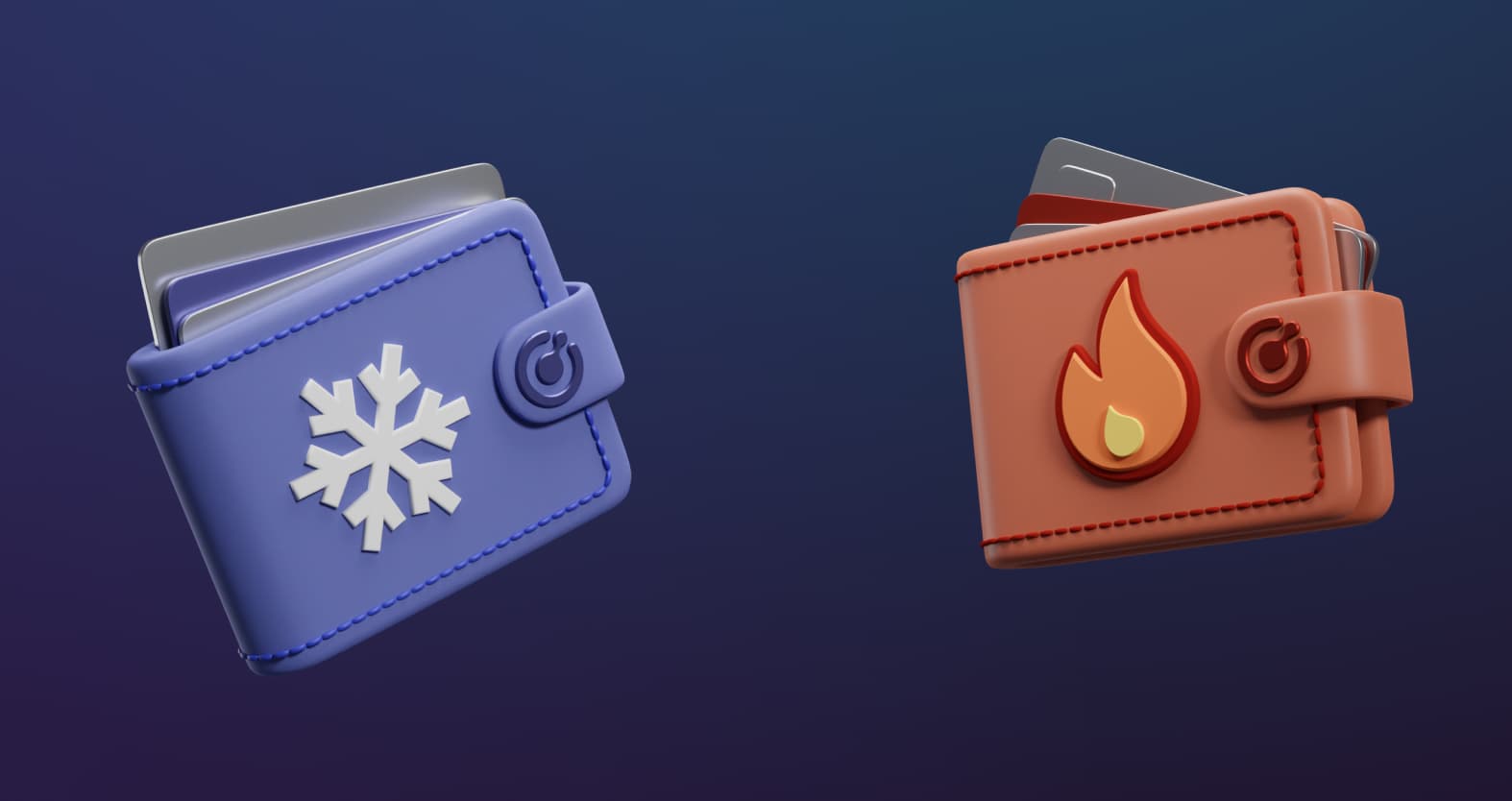Hot Wallets Reviewed: Which One Fits Your copyright Needs?
Hot Wallets Reviewed: Which One Fits Your copyright Needs?
Blog Article
In the fast-growing world of copyright, the importance of efficient and secure management tools cannot be overemphasized. best hot wallets which are an essential component of this ecosystem, play an essential role in balancing convenience with security, making them indispensable for both new and experienced copyright enthusiasts.

Understanding Hot Wallets
Hot wallets are digital wallets that connect to the internet, which allows customers to save, send and receive copyright effortlessly. They are in contrast to cold wallets, which operate offline and generally offer enhanced security but less immediate access. Hot wallets are available in a variety of types, such as software applications, mobile apps and web-based platforms, each designed to cater to various needs of users.
Accessibility and Convenience
One of the main benefits that hot wallets have is their accessibility. Since they're linked to the Internet, customers are able to swiftly complete transactions, check balances, and monitor your copyright-assets from anywhere. This instant access is especially useful for active traders and users who frequently interact with their digital assets.
The convenience offered by hot wallets goes beyond only transaction speed. A majority of hot wallets have an intuitive interface and other features like the integration of decentralized apps (copyright) as well as options for staking, as well as portfolio tracking tools. These features enhance the overall user experience which makes it easier for users to engage with the copyright ecosystem.
Balancing Security
Despite their strengths however, hot wallets are vulnerable to cyber threats compared to their cold counterparts. Their constant connection to the internet can expose them to dangers like phishing, hacking and malware attacks. However, modern hot wallets have integrated robust security measures to mitigate these threats.
Most hot wallet providers are implementing multi-layered security protocols. These include encryption, two-factor authentication (copyright) along with biometric security. Updates and patches regularly can help protect against emerging threats. Certain wallets include security features, like whitelisting of transactions, which is an additional layer of security.
Best Practices for Using Hot Wallets
To ensure maximum security when using hot wallets, users must follow best practices. The first step is to select a trusted wallet vendor with a solid track record is vital. Researching and choosing an account that has solid security features and positive reviews can significantly lower the risk.
Furthermore, users should periodically update their wallet software to take advantage of the most recent security upgrades. Furthermore, enabling two-factor authentication (copyright) provides an additional layer of security by requiring an additional verification process during the login process and during transactions.
It is also important to be careful with personal data and refrain from sharing credentials or wallet information. Continuously monitoring transactions and making alerts for unusual transactions can also help to increase security.

Conclusion
Hot wallets play a critical part in the copyright landscape as they provide accessibility along with convenience and security. They empower users to manage their digital assets effectively while also staying in touch with the ever-evolving copyright market. Through following the best methods and using the advanced security features offered by modern hot wallets, users are able to enjoy a seamless, secure copyright journey. Report this page